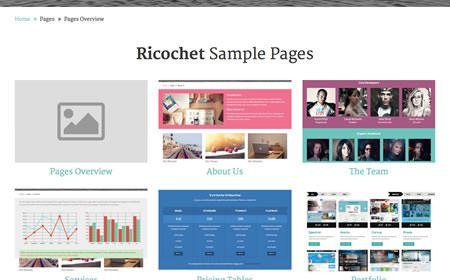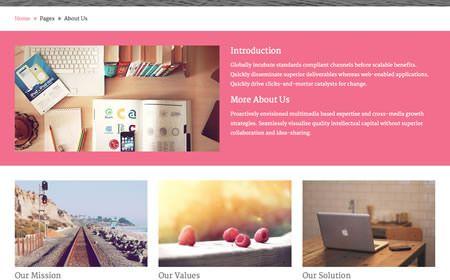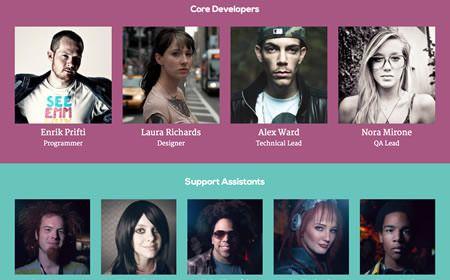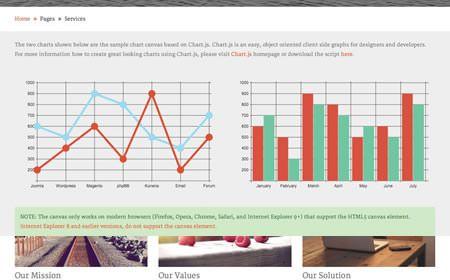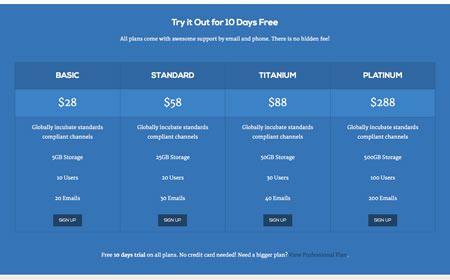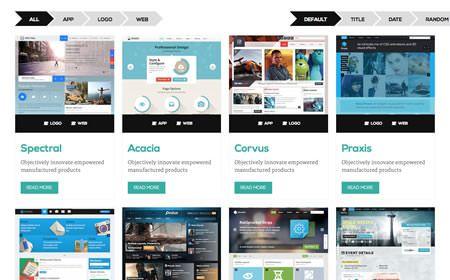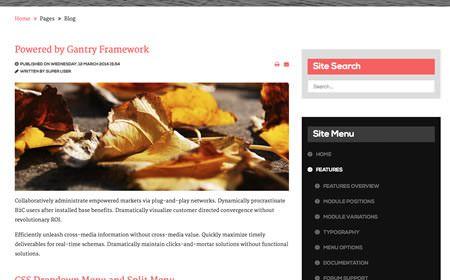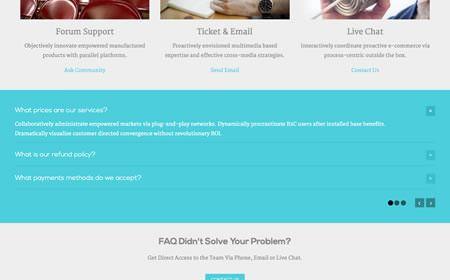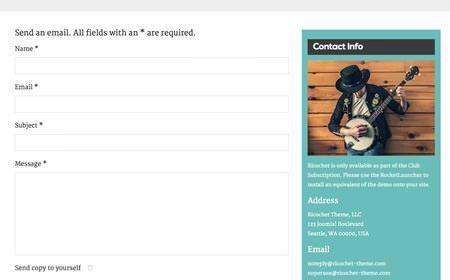What Trainers Say about Style Matters

What Trainers Say About Style Matters
Quotes by permission of trainers.
AAA AAA There is so much interest in this topic at my campus and I think your learning tools are really fantastic. I really appreciate the support you offer in getting prepared to use them too - it's very impressive and super helpful. The Kraybill Conflict Styles Inventory has been really well-received by program participants, and as a trainer it allows me to cover more content in a more meaningful way during the limited time we have in our conflict skills workshops."
Tracy Dahlstedt-Rienstra, M.Ed.
Health Educator
Prevention & Wellness Services, Western Washington University
Your inventory has been a great success with many groups who have never done this type of work before. I've been using it for years with everyone from commodity traders to public works employees to teachers and police officers, and find it much more "meaty" for them than Thomas-Kilmann or others.
Fran Sepler, President
Sepler & Associates
Minneapolis, MN
I want to say how pleased I am with the instrument. Earlier this Fall I previewed the instrument and Facilitators Guide - last week was the first time I had an opportunity to use it and it was very well-received by the group. Doris Trainor
Director of Employee Relations and Professional Development
Loyola College
Baltimore, MD
Thank you.... The Style Matters approach offers a simple yet very effective method to explain what can be a complicated topic.
Eric Collins, Operations Management Consultant
Next Level
Placitas, NM
Today I used the Style Matters materials to speak with a group of Sunni leaders from Iraq about Interfaith Conflict Resolution. The material on a collectivist vs. individualist culture related to personal resolution strategies was one of the more helpful thing to offer them.
I find your conflict style inventory much more helpful than the Thomas-Kilmann instrument which I had used before. I had learned the distinction between anxious and non-anxious environments in a workshop some time ago, and I always thought that Thomas-Kilmann was much weaker because of the lack of that distinction. The piece that was most helpful to me personally in your report was the observation about a large shift in the conflict style in escalated conflict circumstances. I have been very intentional for years about employing different strategies in different circumstances, but this insight in Style Matters gives more a more nuanced understanding. The idea that I need to temper the swing so that it is not jarring to dialogue partners is really helpful.
Jonathon Eilert, Lead Pastor
Prince of Peace Lutheran Church
Loveland, Ohio
We have enjoyed using Style Matters, especially with cross-cultural teams. Combining it with the Birkman Method allows people to see how their behaviors change under stress when their expectations are not met and offers some practical tips on how they can more effectively react when conflict results. This has been a great instrument for the groups we have trained.
Larry Gay
Leadership Consultant and Coach
Thanks very much......... We were previously using the Thomas-Kilman in our staff trainings and have received a lot of positive feedback since the switch. I’ve also recommended the KCSI to some other organizations that we sometimes share training resources with.
Michael E. Rhodes, LCSW, CPHQ
Director of Quality Improvement
Preferred Behavioral Health of NJ
Brick, NJ
I have found it very useful to return to your site, several weeks and months after initially doing your survey online to explore the many links embedded in my personal report and reflect on my conflict styles.
Assistant Professor
University of Calgary
Canada
As an HR consultant team we found your inventory tool and trainer's guide to be very effective. Participants in our last training session really enjoyed and learned from understanding their own conflict style and learning how to more effectively engage with others in a conflict situation. Thanks for developing such a great tool.
Naomi Shivelly
Shivelly L.L.C.
Canton, GA
How do we deal with differences and disagreements? What are our patterns and preferences? Ron Kraybill’s Style Matters questionnaire helps us understand those patterns, and takes our understanding a step further – seeing how we behave when we are calm, and then seeing how our behavior might change under stress.
Blogger/trainer Susan Shearouse
Blog entry titled "Get Over It, It's Just the Way I Am!"
February 18, 2010.
Frameworks for Agreement

We have used the Kraybill Conflict Style Inventory twice since developing our "Workplace Conflict Management" workshop and the tool worked exactly as we anticipated it would work on both occasions. We are extremely pleased and plan to use the tool whenever we train this particular workshop. We are also considering how to best integrate the tool into additional course offerings including leadership and customer service. Thanks for the great tool!
James Reynolds, Organizational Development and Training
Department of Consumer and Business Services
State of Oregon
I use Style Matters: The Kraybill Conflict Style Inventory as a teaching tool in my basic mediation classes and in seminars for experienced conflict resolution professionals. Every time I use the inventory, the participants become thoroughly engaged in learning about their own and others' conflict styles. When they evaluate classes and seminars, they frequently write that they will use the information learned through the inventory.
Walter Wright
Associate Professor
Legal Studies Program, Department of Political Science
Texas State University
San Marcos, TX
Recently I used your conflict style inventory with a local organization.. We spent a day on it and they really liked it. People commented a lot about how much they got out of it. The discussion of different styles helped people understand each other. It created a lot of camaraderie and understanding. We'd had some difficult dynamics among staff recently and the styles discussion helped people talk about their feelings about a key person who uses the Directing style a lot.. People came out of the workshop feeling positive about themselves. I was really pleased with the whole experience.
Phoebe Kilby
Sympoetica
Woodstock, Virginia

Having used the Kraybill Conflict Style Inventory for several years, I can say it is hands-down the best thing on the market. I do a fair amount of mediation training and I find that the approach the inventory takes makes it extremely useful for training. I use it close to the beginning of a training session, emphasizing that no response is wrong, that all are appropriate. The results of the test can be used to move into either a discussion on cultural competency, on mediation approaches (facilitative, narrative, transformative,justice models) or launch a group right into specific training such as interest-based negotiation. I've taken the test several times myself and it is always instructional to me. I have also used it with professionals (engineers, planners, lawyers) and find it effective in introducing concepts and skills of conflict resolution.
Laura Bachle
Confluence Consulting
Very helpful in starting discussion and giving us a framework to use when we are processing conflicts within the group. It's simple to understand and fun to work with!
Penn Garvin
Long-time trainer, mediator, community activist and founder of International Peacebuilders (www.internationalpeacebuilders.org)
Managua, Nicaragua
Finally, a multi-faceted tool that unpacks a diversity of conflict styles without putting one in a box. Bravo! The highlights of culture, situational context and conflict intensity are welcomed complexities that give integrity to the inventory. The guidance on how to team together diverse conflict motivations and the reflections for personal and professional growth add depth to the exercise. This is not only a useful conflict styles gauge, it is also a thought-provoking experience in discovering stepping stones for conflict transformation competencies.
Carl Stauffer
Co- ordinator, Regional Peace Network Southern Africa
Mennonite Central Committee
I have found The Kraybill Conflict Response Inventory a wonderful tool in both mediation and counseling settings in the United States and internationally. It has been especially helpful in my leadership training courses taught in the US, Philippines, and Congo-DRC.
Tony Redfern, Executive Director
New Path Center, Inc.
Kingsburg, California
A very useful instrument. Concise, well organized, with easy to follow instructions. Interpretation is clear, simple, and specific. The helpful "Hot Tips for Working with Styles of Others" reflect the competence and experience of the author. This is an instrument I am eager to use in my work as a consultant and teacher.
Marcus G. Smucker, PhD, Emeritus Professor
Associated Mennonite Biblical Seminary
Elkhart, Indiana
Congregational consultant, Lancaster, Pennsylvania
I find [the edocs] most informative. The instructions are precise and easy to read. It is clear that you engage yourself fully in the intervention of groups and facilitation of group members. I appreciate that you have taken time to write these articles and are willing to share them at a reasonable cost with others. The information is sure to be of benefit to those in conflict, and to us as group facilitators. We are grateful for your great peace efforts!
Master's student in Conflict Resolution program at Antioch University
The Style Matters inventories were a huge success in class. My students were very fascinated by their results both in private and public settings. We also did group activities and had Directors and Avoiders almost going at it in class, in a good way. In response journals, I had one of my Directors write that the inventory and the conversations in class made her open her eyes to the way others view conflict. She stated that she learned a valuable lesson; to never say that you won't change. I commented that it's about understanding of others. I will most definitely need more copies of the inventory and hopefully, other instructors will start using them in their classes, too. Thank you so much!
Professor at North Carolina College
I just wanted to let you know that the training we conducted using Style Matters was very beneficial to our organization
City Fire Department Trainer in Canada
Thanks for making the process seamless. One issue out of approximately 100 students is a great %! Kudos to all for great communication!
David D. Nemitz, D.Min., Ed.D
Director - Center for Curriculum Development
Associate Professor – School of Divinity
Liberty University
What was the biggest benefit? Having what I already knew about myself put on paper. A real catalyst for change and understanding. I read my profile
to my husband to help him better understand me.
Lawyer in Calgary






